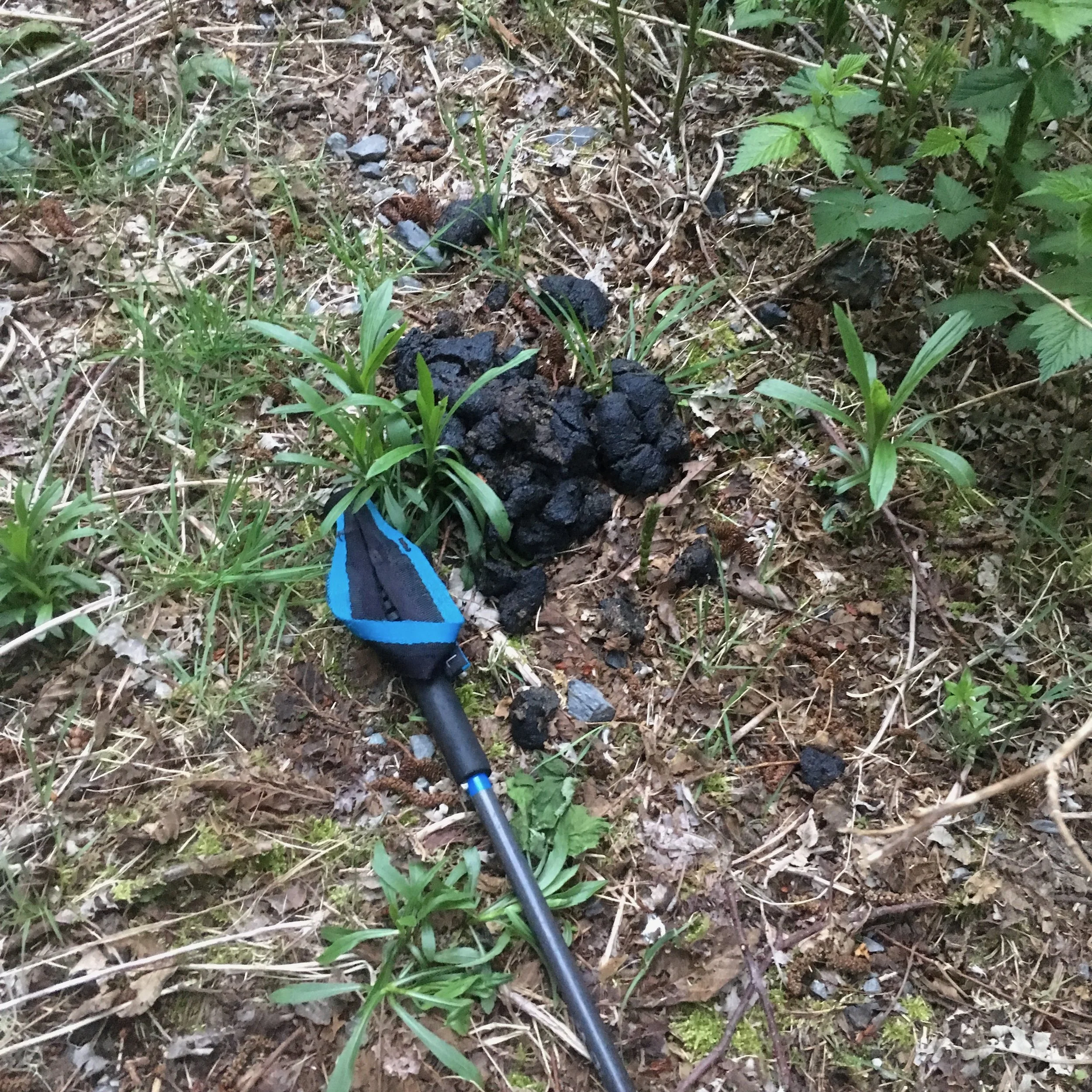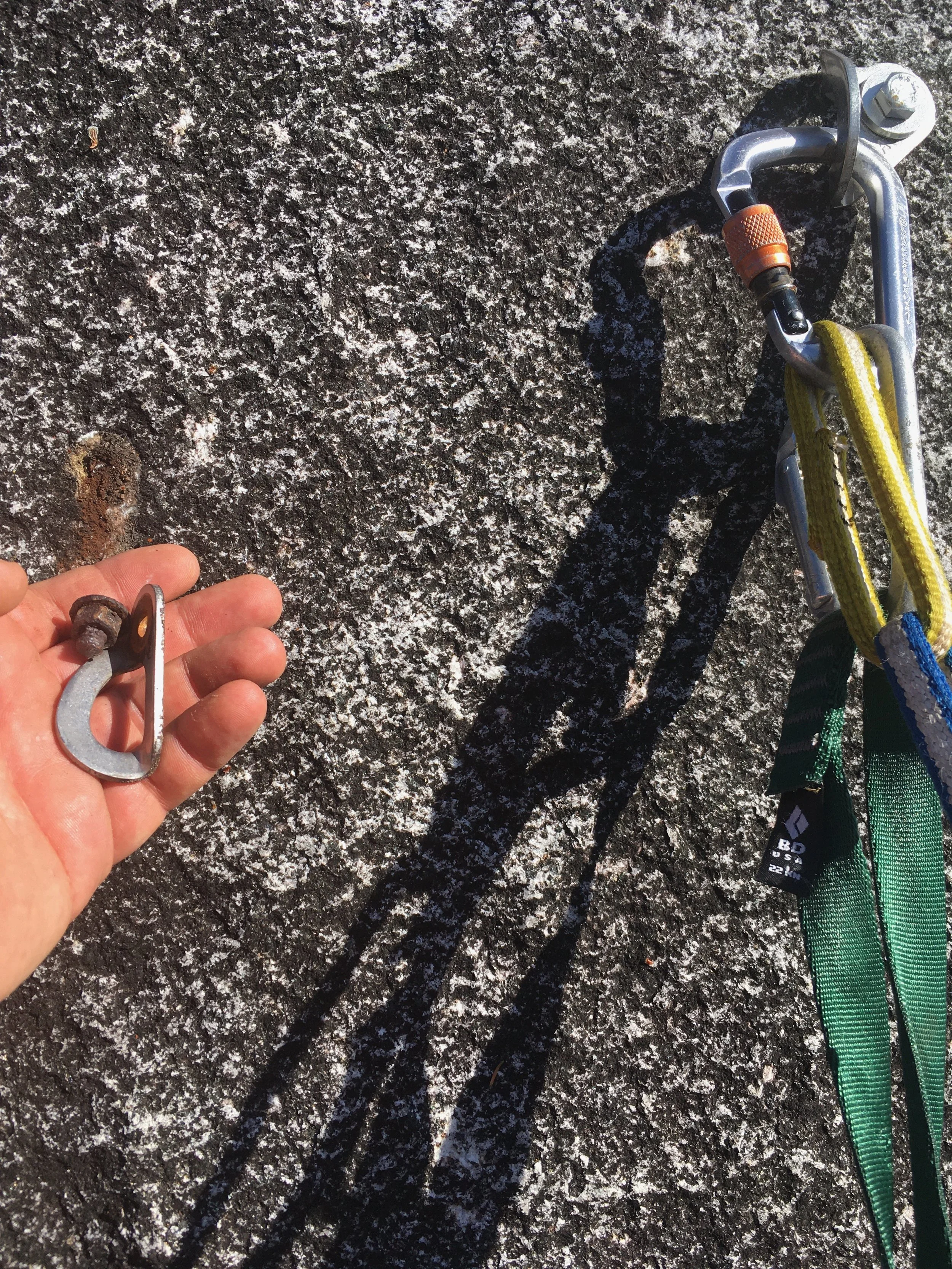Static Point - Online Sector
Access (1.5 hours from Seattle):
Before leaving home, consider checking here to make sure the gate at Olney Pass is open: LINK. It is closed much of the winter due to snow/ice. This line was updated in April 2023 - check for the South Shore Road in the right side-bar.
From Sultan, Washington, drive east to the last stoplight and turn left onto Sultan Basin Road. At 11 miles it turns to a well-graveled / unsealed road, reasonable for average cars - high clearance or 4WD not required. Continue on the unsealed road for three more miles to Olney Pass.
At Olney Pass, you’re entering the Spada Reservoir basin, which is managed primarily by Snohomish County Public Utility District (PUD) - the reservoir is the City of Everett’s water supply. The Washington State Department of Natural Resources and the US Forest Service also manages land accessed from here, but its important to know that all of the accessible roads lie on PUD-managed lands.
With the exception of the carpark used to access and camp in the DNR conservation area, these roads have a strict “sun-up to sun-down” access only. It’s taken seriously and enforced by the Sheriff. At Olney Pass, stop at the kiosk and register your vehicle. Even though climbing has been recognized as a historical use of the basin, its not listed on the registration form as a destination. I encourage you to write in “Static Point - Rock Climbing” in hopes that one day the land managers will take notice and put some effort into maintaining the climber’s trail to the rock. NOTE: Registration has been suspended during the pandemic, but the curfew is still enforced.
Once you’re registered, take the right-hand fork for the south side. Two miles from Olney Pass the road crosses the South Fork of the Sultan River. Continue to the second small pullout on the left, approximately 2 tenths of a mile further. If you make it to a HUGE pullout with large boulders piled up at the far side, you just missed it. Across from the pullout is an old logging road, now blocked by a row of boulders, and the climber’s trail begins there. Lat/Long: 47.948591, -121.625311
Approach (1.5 hours from car park):
Long pants are strongly, strongly, STRONGLY recommended. Salmon berry bushes, Himalayan and native black berries, devils club, and a number of other prickly/spiny/thorny plants grow along this trail. The culverts have all been pulled out, so there are numerous descents and climbs through gullies, some of which have running water. A pair of trekking poles really help. Follow the logging road trail for approximately 1.5 miles before heading up hill. You’ll know you’re at the end of road (pun intended) when you make the first rocky dry creek bed crossing that gives you a full, unencumbered view up into the alpine and at the summit of Static Peak. Apparently its first ascent was by this drainage. Just on the other side of the creek (out of sight until you reach it), is a large cairn and a section of culvert, and a clear distinct trail heads uphill. Lat/Long: 47.933585, -121.599454
The trail winds its way up the hillside, first following alongside the drainage, then finally leaving it to head towards Static Point in a series of traverses and climbs, shoots-and-ladders style. A short fixed rope to climb out of the last gully is right at the end, just a few minutes from the base of the rock and the Online Sector. Lat/Long: 47.937164, -121.591457
Gear:
A 60m rope is adequate now that a separate rappel route has been installed from Tombstone Ledge. A 70m may give you more options to link pitches, but won’t be any advantage on the lower rappels.
All of the bolts on this sector are 3.5 inch, 1/2 diameter, 5-piece stainless steel expansion bolts installed between 2017 and 2020. The anchors feature two of these bolts with rappel rings. This is not a sport climbing area - bolts were placed in between expected gear placements.
A rack of cams from Black Diamond #3 - #0.3, and a set of stoppers #10-#4. The pitches here don’t meander very much, so slings can emphasize quickdraws or 50/50 split with shoulder-slings. The most difficult pitch on this sector features 7 protection bolts.
Emergencies: Cell phone service is spotting to non-existent after approximately 6 miles on the Sultan Basin Road from Sultan. If your cell phone is a key bit of your Emergency Plan, consider alternatives. The DNR Rangers and Snohomish County Sheriff’s office only have the vaguest idea that rock climbing is taking place in the area - only telling 911 that you’re at Static Point will result in confusion and delays. Make note of the Lat/Long coordinates I gave above and share them with someone in case you don’t come home in time!
Routes - In Order of Appearance:
Online (210m, 6 pitches, 5.10b). The first protection bolts visible from the ground belong to the first route established at Static Point. At the FA team’s request, it was retro-bolted in 2020 to encourage more climbing. The runout isn’t near as severe as it once was, and the crux pitch 5 is decently protected. If you want to experience the FA style, skip the 1st and 3rd bolt on Pitch 1; the 2nd and 4th bolt on Pitch 4, and the 1st, 3rd, and 7th bolts on Pitch 5. FA Don Brooks, David Whitelaw.
Rightline (210m, 6 pitches, 5.10aR). From the end of the Online ledge (climber’s right), spot the first protection bolt approximately 20m up. Opportunities for gear placement before then exist. This route’s crux is in the 4th and 5th pitches, 5.10aR and 5.9+R respectively. Pitch 4 can be shortened and belayed from the much more comfortable ledge, sharing an anchor (and protection bolt) with The Pillar. The historical Pitch 4 can be wet in early summer and is a hanging belay stance. It is possible to link the second half of Pitch 4 with Pitch 5, creating a much better experience for the belayer and giving the all of the most exciting climbing to your partner. ;) FA unknown.
Descent (8 rappels, 214m). It’s now possible to rappel with a single 60m rope, although it does require a bit of zig-zagging for the first three. A separate rappel topo is available below. Rappel 1: From the top of Pitch 6 or Pitch 5, rappel to the mid-station on Black Fly. 27m from P6, 11m from P5. Rappel 2: Rappel down and climber’s right to Online P4. Rappel 3: Rappel down and hard climbers left to Tombstone Ledge, to the base of Black Fly and the next station. Rappel 4-8: The next 5 rappels are relatively straight down, 25-27 meters each. The first (Rappel #4) threads the needle between trees and the next anchor may not be immediately visible. Just tie knots in the ends of your ropes, go straight, and keep your eyes open!
Epitaph (4 pitches, 5.9). There is little information about this climb. The original guidebook simply states that it wanders up the corners to the left of Online to Tombstone Ledge. Several sections look really clean and good climbing, an equal amount of terrain looks like it needs a thorough cleaning. FA unknown.
Tombstone Ledge. Named for the large headstone just left of The Corner. In four years I never found a scramble that I would describe as third class, which both the current and previous guidebooks insist exist. I suggest the following climbs be accomplished by first ascending Online, Rightline, or Epitaph. It is possible and relatively easy to traverse from the top of Online P3 to Tombstone Ledge.
American Pie (1 pitch 5.10a). This is the first climb on Tombstone Ledge, immediately to the climber’s left of Online. It ends at the mid-station anchor for Black Fly. FA David Whitelaw, Duane Constantino.
Black Fly (2 pitches, 5.8). Smaller gear essential for protection. FA Chris Greyell, David Whitelaw.
Cashman (2 pitches, 5.10b). Climbs the blankness between Black Fly and the Corner. David Whitelaw, Bob DeChenne.
The Corner (2 pitches, 5.8). The only gear anchor at the Online Sector is at the top of Pitch 1. Pitch 2 is 33 meters long, which makes the Black Fly descent the only viable option with a 60m rope. Inspection in 2020 suggested a bit of thorough cleaning needs to be done for adequate protection. FA Duane Constantino, David Whitelaw.
Thanks for your support!
Re-bolting the Online Sector and Static Point is happening thanks to material support from the Washington Anchor Replacement Program, the Washington Climbers Coalition and the American Alpine Club, plus a couple-dozen bolts donated by the American Safe Climbing Association. If you climb, all of these organizations deserve your support. The cost of gasoline and purposely-purchased equipment for this project was offset by generous donations from climbers like yourself. If you found this information useful or clip any of these new shiny bolts, please consider donating by hitting the Tip button in the sidebar.







Topos
It just made sense to include a separate rappel topo for clarity’s sake. Feel free to save these images and reprint them for your own information. The obligatory disclaimer is below.
Static Point, Online Sector - Routes Topo
Static Point, Online Sector - Rappel Topo. Some route information omitted for clarity.
Disclaimer: Rock climbing is DANGEROUS. Injury and death are unavoidable risks. This post is for informational use only and not for instruction. Conditions may have changed since this post was composed, and may contain inaccurate or misleading information. The reader assumes all risk associated with the sport , and assumes all responsibility for any accidents and injuries resulting from applying this information in the real world. The author makes no warranties, expressed or implied, that the information contained in this post is accurate or reliable.

